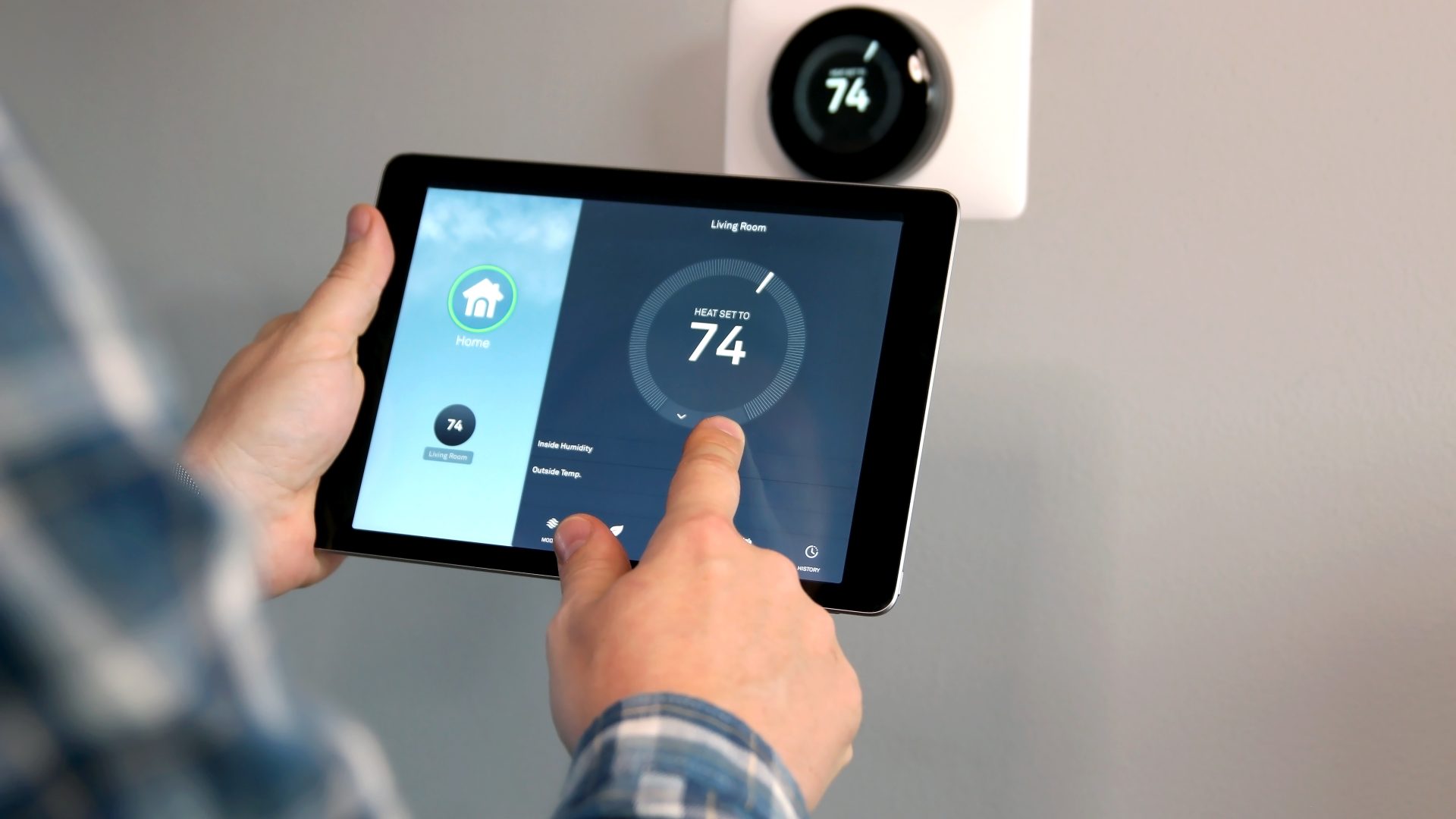What does a residential air conditioning system do?
Introduction to Home Cooling Air conditioning is crucial for maintaining a comfortable living environment, particularly in hot and humid climates. Residential air conditioning systems are designed to cool and dehumidify your home, ensuring a pleasant atmosphere year-round. How Air Conditioning...
How does humidity affect a residential home?
Understanding Humidity Humidity, or the amount of moisture in the air, plays a crucial role in shaping the comfort, health, and structural integrity of your home environment. This guide explores how varying humidity levels impact your living space and why...
What is dehumidification mean in a residential home?
Understanding Dehumidification Dehumidification is the process of lowering the humidity levels in the air within your home. Humidity refers to the amount of moisture present in the air, and excessive levels can lead to discomfort, damage, and health concerns. Why...
What is a residential condenser?
Understanding the Residential Condenser The residential condenser is a crucial element in a home's cooling system, essential for keeping indoor spaces cool and comfortable during hot weather. Positioned outside the house, this component plays a key role in the overall...
What is a residential heat pump?
Exploring Residential Heat Pumps A residential heat pump is a versatile device designed to regulate your home's internal climate. By using a compressor and refrigerant, it efficiently transfers heat into or out of your living space as needed. This all-in-one...
What is a residential furnace?
Understanding Residential Furnaces A residential furnace is a fundamental part of many homes, providing essential warmth during the colder months. Positioned typically in areas like basements or utility rooms, it acts as the central component of a home’s heating system....
What is a residential air handler?
Understanding the Residential Air Handler The residential air handler is a key component within a home's heating and cooling system, essential for maintaining comfortable indoor conditions. Located indoors, this device plays a critical role in moving air through the home's...
How to figure out the appropriate filter size for your HVAC system
Introduction Choosing the right-sized filter for your heating, ventilation, and air conditioning (HVAC) system is essential for maintaining air quality and extending the lifespan of your equipment. A properly sized filter will effectively capture airborne particles, enhancing indoor air quality...
What is a residential coil?
Understanding Residential Heating and Cooling Coils Residential heating and cooling coils are crucial elements in maintaining a comfortable indoor climate. Located within the home's HVAC system, these coils play a key role in regulating both temperature and humidity. The Role...
What does R-22 stand for?
Overview of R-22 Refrigerant R-22, commonly known by its trade name Freon, was once a widely used refrigerant in air conditioning and refrigeration systems. Its chemical name is chlorodifluoromethane, and it has been integral to maintaining comfort and preserving various...
